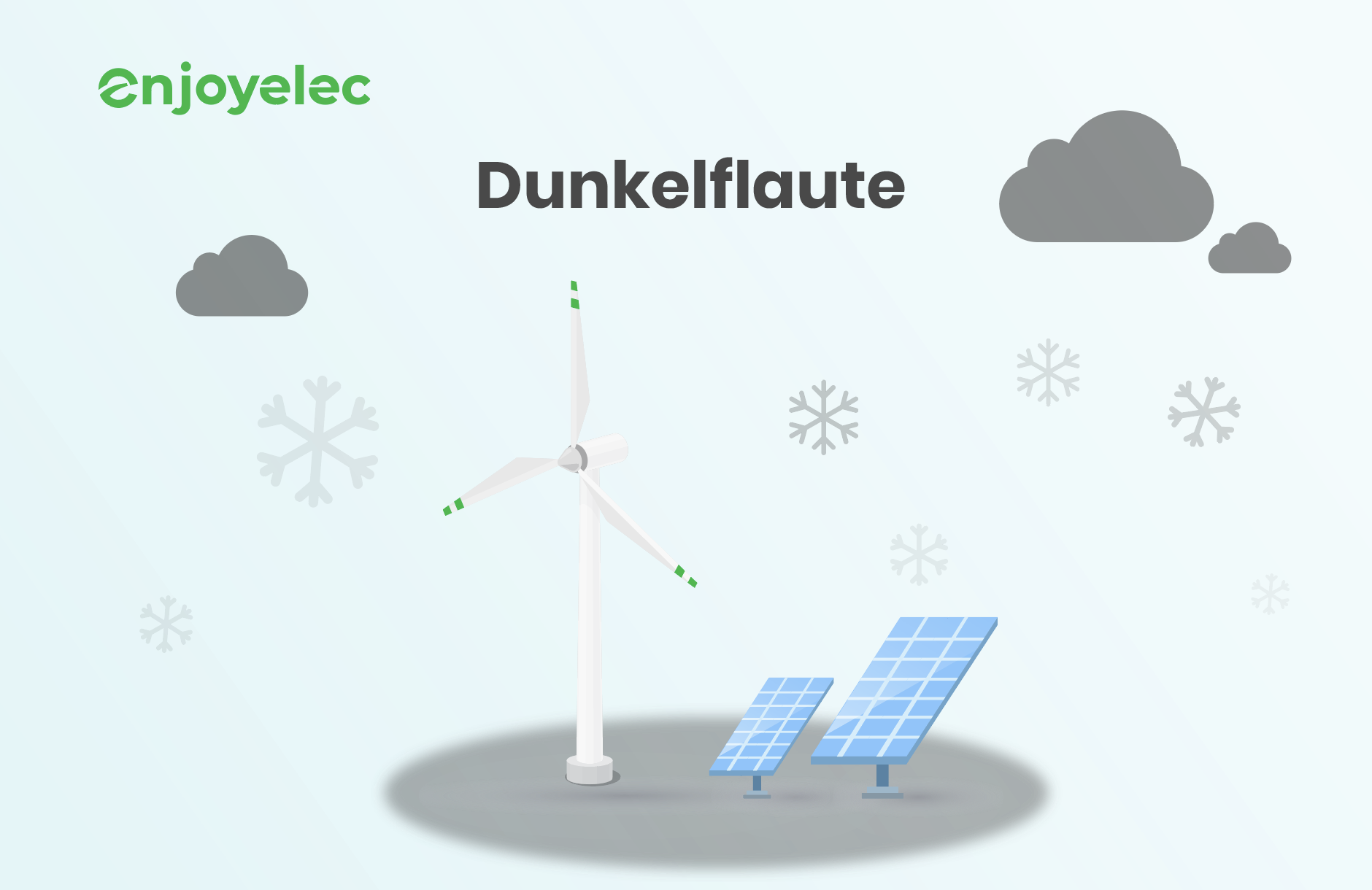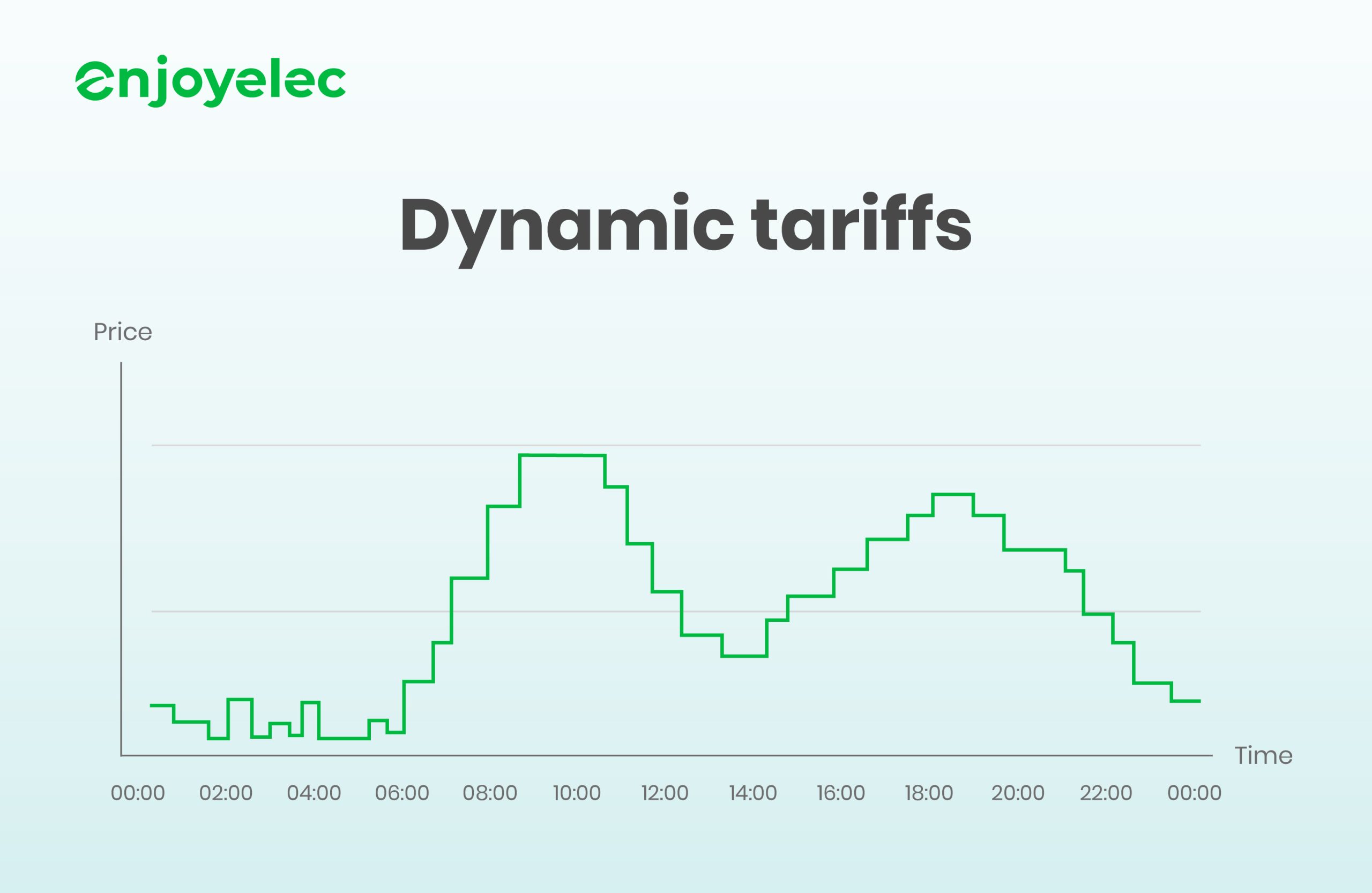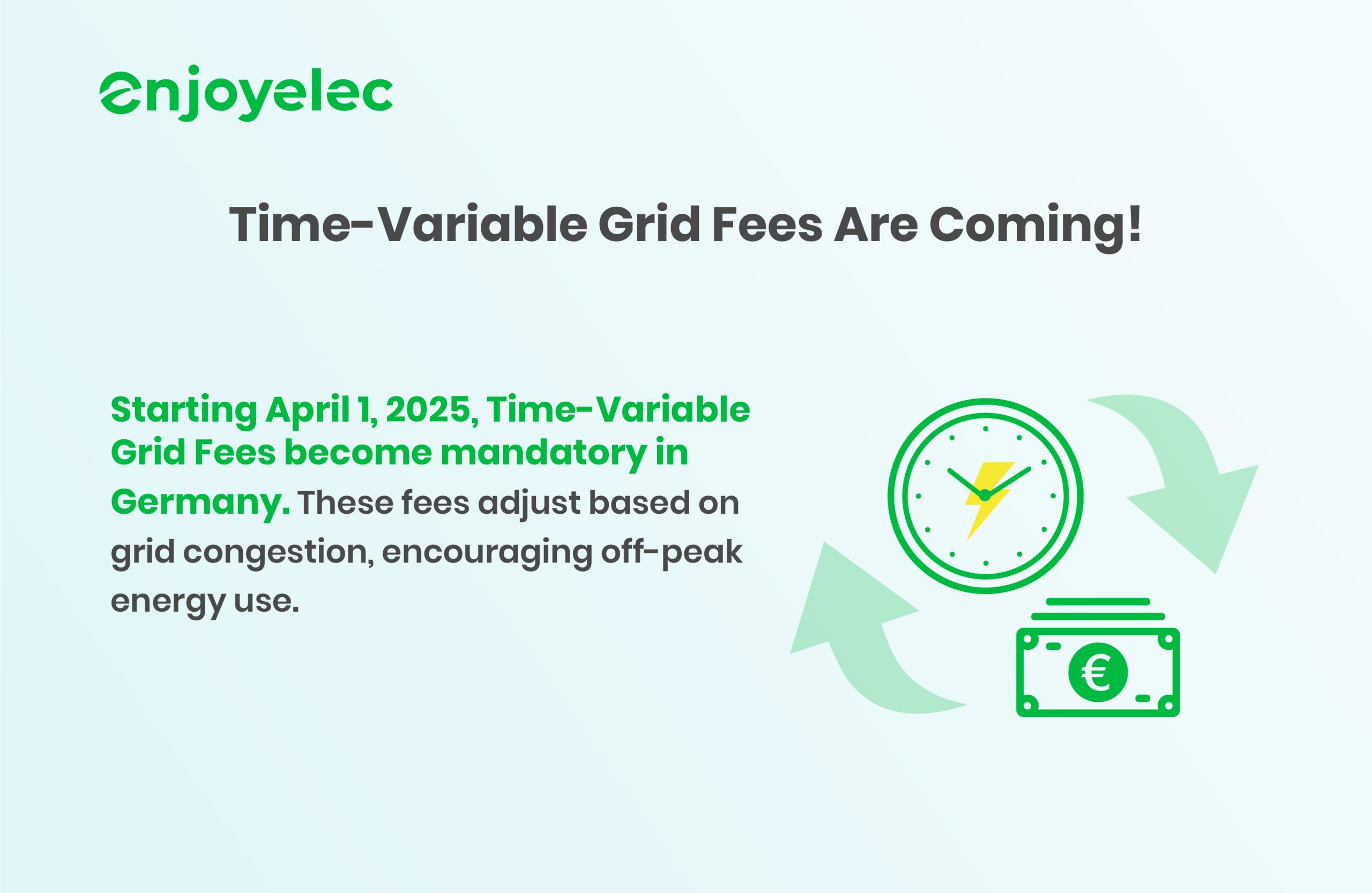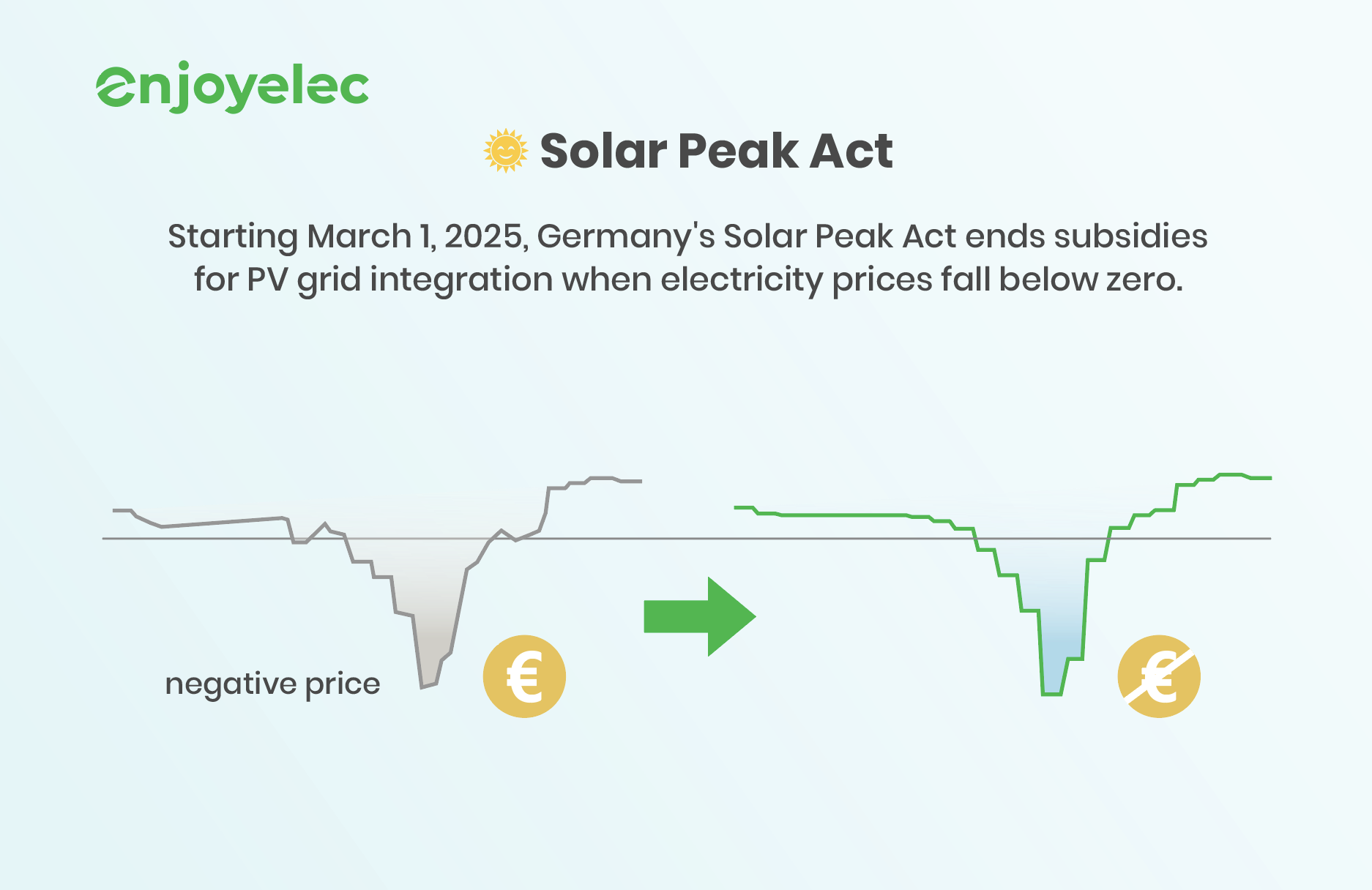Dunkelflaute: Challenges and Solutions in Renewable Energy
What is Dunkelflaute?
Dunkelflaute is a German term that translates to “dark doldrums” in English. It refers to periods of low solar and wind energy production, typically caused by overcast skies (low solar generation), calm winds (low wind generation), and colder temperatures, which often occur during winter months in Europe. These conditions create challenges for renewable energy systems, particularly in countries that rely heavily on solar and wind power.

What Causes Dunkelflaute Events?
Dunkelflaute events occur due to particular weather patterns, typically involving a stationary high-pressure system. These systems result in calm winds and cloudy skies, reducing both wind and solar power generation. The combination of minimal wind speeds and limited sunlight leads to a significant drop in renewable energy production, creating challenges for energy systems that rely heavily on solar and wind power.
How often does Dunkelflaute occur?
Dunkelflaute typically occurs in Europe 2 to 10 times per year, primarily during the winter months from October to February. These events, characterized by low solar and wind power generation, often last 50 to 150 cumulative hours per year, with individual occurrences generally under 24 hours. Longer events lasting more than two days occur approximately once every five years across Europe.
A recent example of this phenomenon occurred in early November in Germany. Clean Energy Wire reported that renewable energy contributed only 30% to Germany’s public electricity generation, while fossil fuels covered the remaining 70% from November 4 to 10. Several days of limited sunshine and low wind speeds resulted in a significant drop in renewable energy production.
The impact of Dunkelflaute highlights the challenges of managing energy systems during periods of low renewable energy production and underscores the importance of flexible energy management and storage solutions.
How Dunkelflaute Affects Energy Markets
Dunkelflaute events, marked by a significant reduction in renewable energy generation, create disruptions in energy markets, with both immediate and long-term effects. These periods of low wind and sunlight lead to an increased reliance on backup power sources, fossil fuel plants, and electricity imports, all of which can drive up costs and cause market instability. As renewable energy production drops, energy markets are forced to adjust, often resulting in short-term price spikes and challenges to grid stability.
- Electricity prices spike
During Dunkelflaute, when renewable energy generation from solar and wind is significantly reduced, the electricity market faces a supply-demand imbalance. This forces reliance on fossil fuel power plants, which are more expensive to operate than renewable energy sources. As a result, electricity prices tend to spike in the short term.
A prime example occurred on November 6, 2024 when the average price of electricity surged to 231 euros per megawatt-hour, more than twice the usual rate. In certain hours, the price even exceeded 800 euros per megawatt-hour, marking it as one of the most expensive days in recent months. This price hike is common during Dunkelflaute, as the power grid has to compensate for the drop in renewable energy supply by utilizing more costly fossil fuel-based generation.
- Grid Stability Challenges
Dunkelflaute events can pose significant challenges to grid stability. During these periods, renewable energy sources like wind and solar experience a sharp decline, forcing grid operators to rely on backup power sources or import electricity from neighboring regions to maintain balance.
For energy traders, Dunkelflaute events offer valuable market insights. By understanding the grid’s response to these events, such as the need for reserve power or electricity imports, traders can gain a better grasp of market dynamics. This knowledge helps them make more informed decisions and predict pricing trends during times when renewable energy supply is constrained.
What Can Help Mitigate Future Dunkelflaute Events?
Dunkelflaute, characterized by periods of low renewable energy production due to minimal sunlight and wind, poses significant challenges to energy systems. To address these challenges, several strategies can be implemented:
- Energy Storage Solutions: Developing and deploying advanced energy storage technologies, such as large-scale batteries and hydrogen storage, plays a critical role in addressing energy challenges. These systems store excess energy generated during favorable conditions, helping to mitigate solar curtailment and prevent the loss of renewable energy. The stored energy can then be utilized during Dunkelflaute periods, ensuring a stable and reliable energy supply even when renewable generation is low.
- Pumped Storage Hydropower: Utilizing pumped storage hydropower systems allows for the storage of energy by pumping water to a higher elevation during times of surplus electricity and releasing it to generate power during periods of high demand or low renewable output. This method effectively balances supply and demand, mitigating the impacts of Dunkelflaute.
- Nuclear Power: Maintaining or expanding nuclear power capacity provides a reliable and continuous energy source that is not dependent on weather conditions. Nuclear plants can supply consistent baseload power, reducing the vulnerability of the energy system during periods when renewable sources are insufficient.
- Demand-Side Flexibility: Demand-Side Flexibility encourages consumers to adjust their energy usage based on availability, aligning consumption with generation to reduce stress on the grid during periods of low renewable energy generation. enjoyelec addresses this challenge with its advanced Home Energy Management System (HEMS), which uses edge computing, cloud technology, and AI to optimize energy usage in real time. HEMS enables users to monitor and adjust their consumption, optimizing solar, battery, heat pump and EV charger. By utilizing dynamic pricing insights, predictive analytics, and smart grid integration, HEMS schedules energy use during off-peak hours and reduces demand during peak times, effectively lowering overall energy consumption. On cloudy or windless days, when renewable energy generation is low, HEMS can reduce high-power consumption and prioritize battery or off-peak energy. This is particularly relevant under Paragraph 14a of Germany’s Energy Industry Act (EnWG), which allows households to lower their total power consumption to help stabilize the grid. By dynamically adjusting energy consumption, HEMS supports grid stability, lowers costs, and contributes to sustainable energy management, showcasing the critical role of demand-side flexibility in modern energy systems.
Want to stay ahead of energy market dynamics and optimize your energy usage? Explore how enjoyelec’s advanced HEMS empowers you to monitor, manage, and maximize your energy resources.
Download our app today and take the first step toward smarter energy management.


Connect with us at http://www.linkedin.com/company/enjoyelec for the latest updates, insights, and news. We look forward to engaging with you and sharing our journey towards a smarter energy future.





